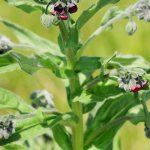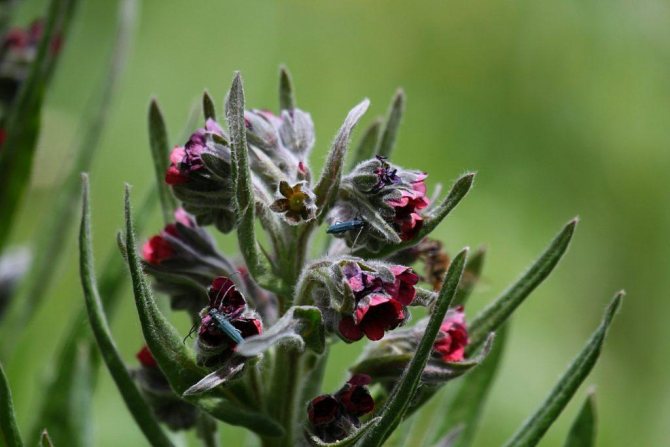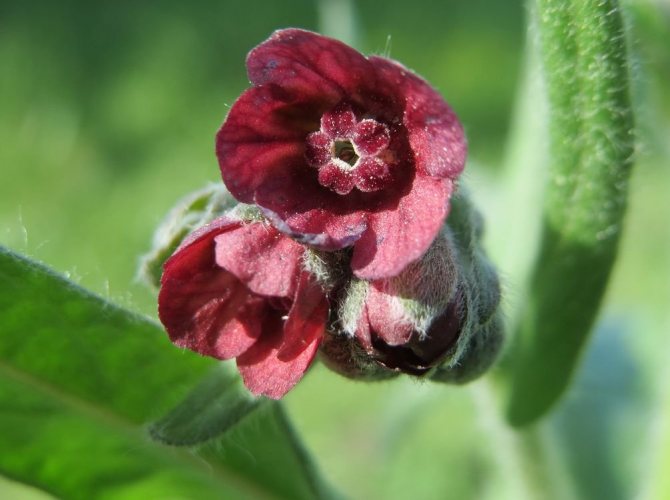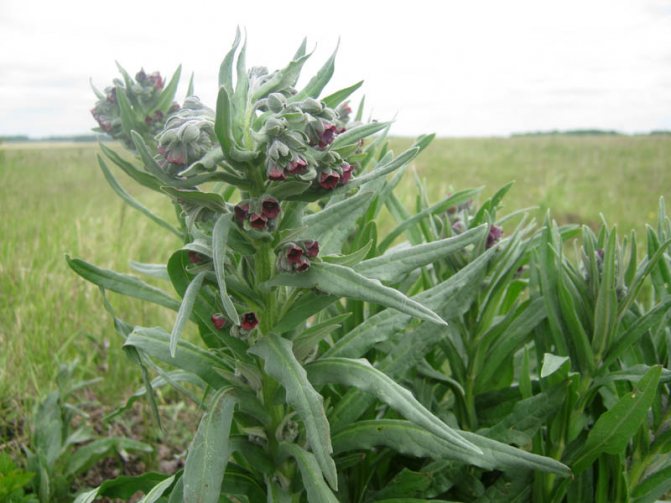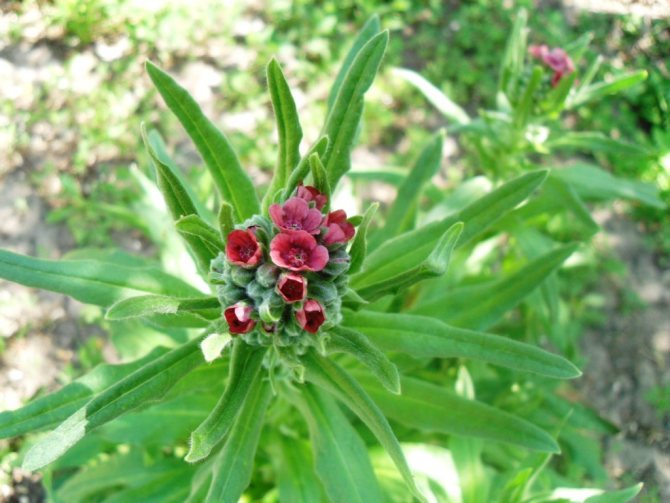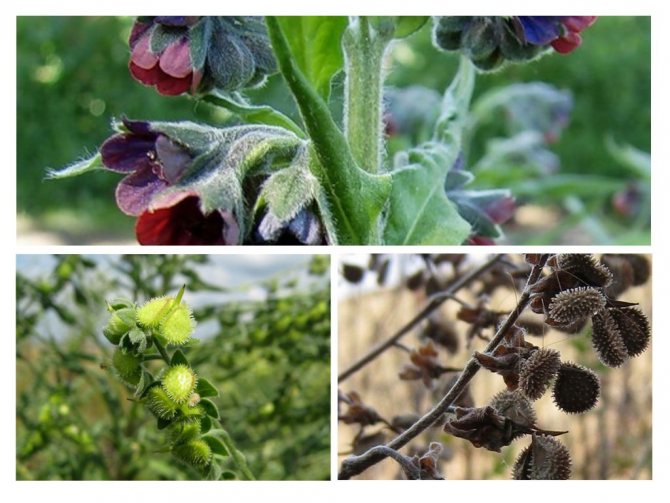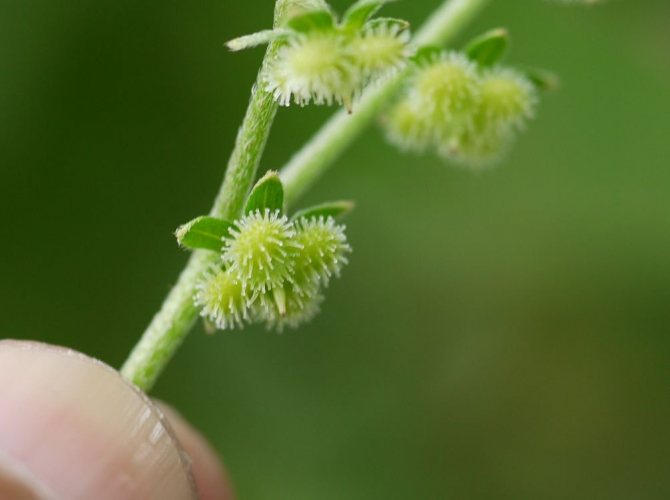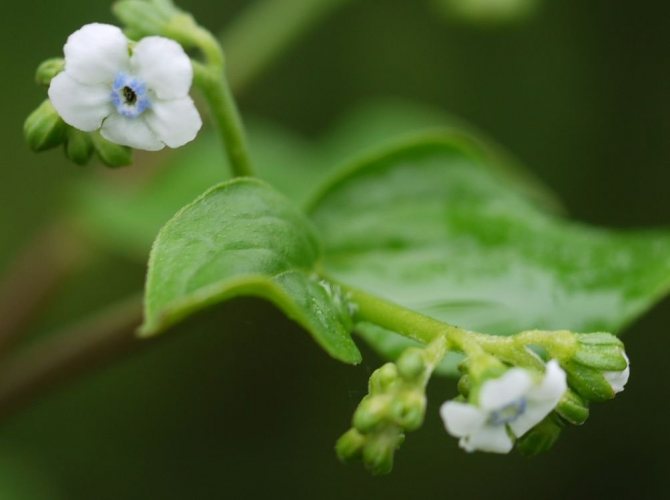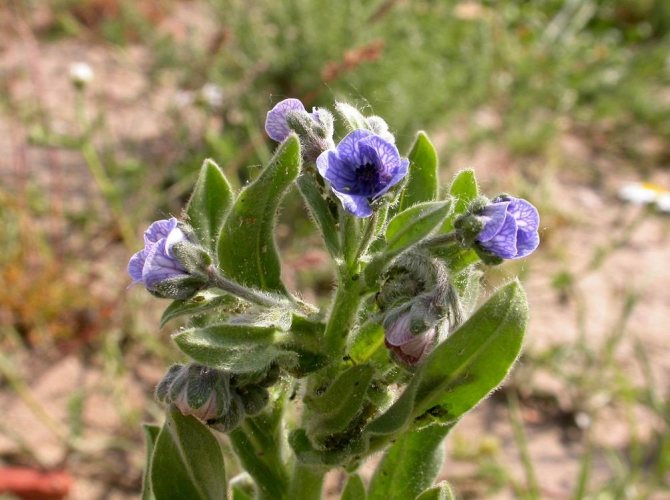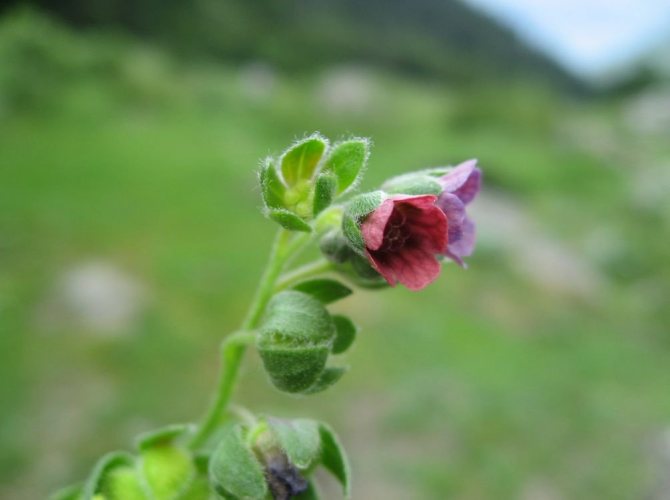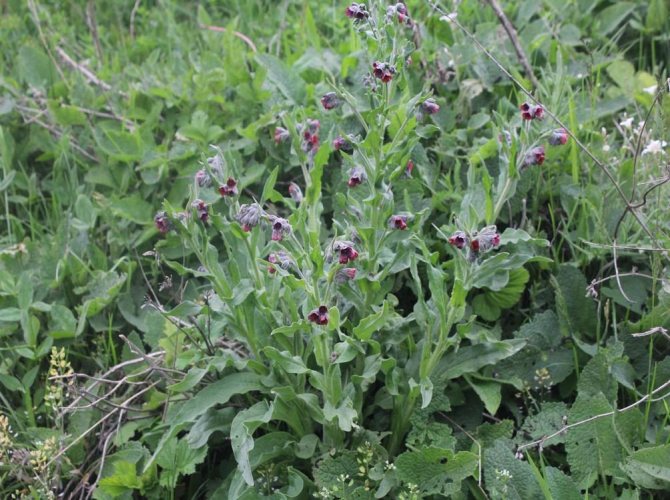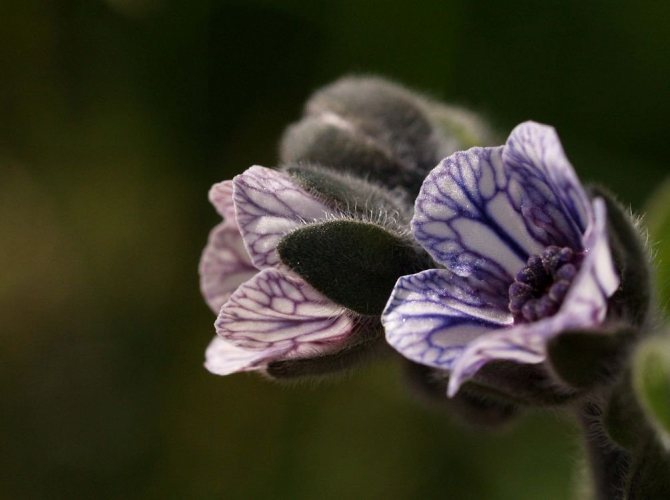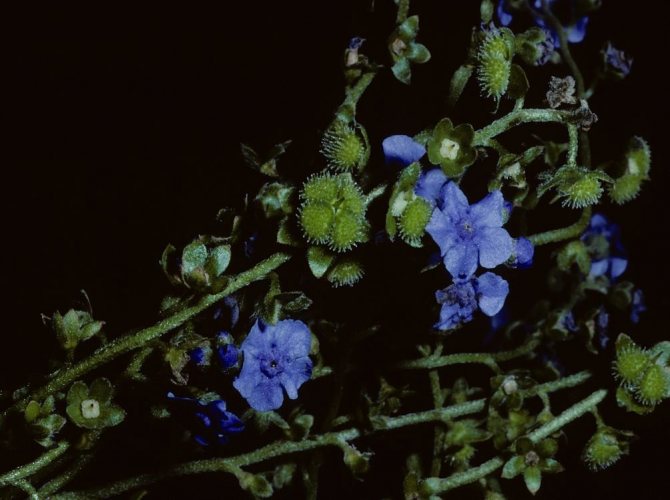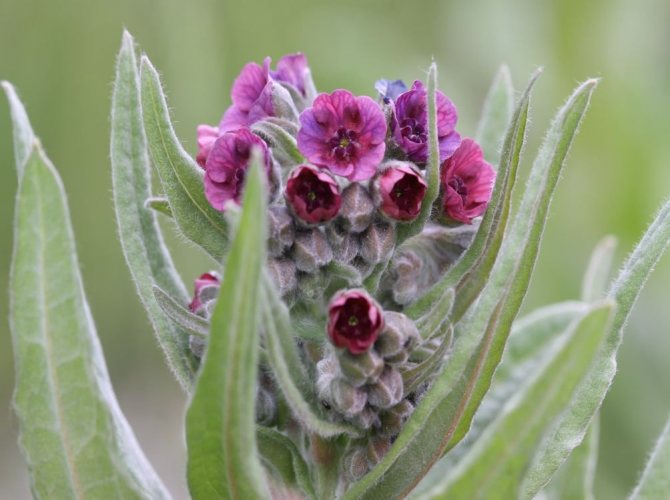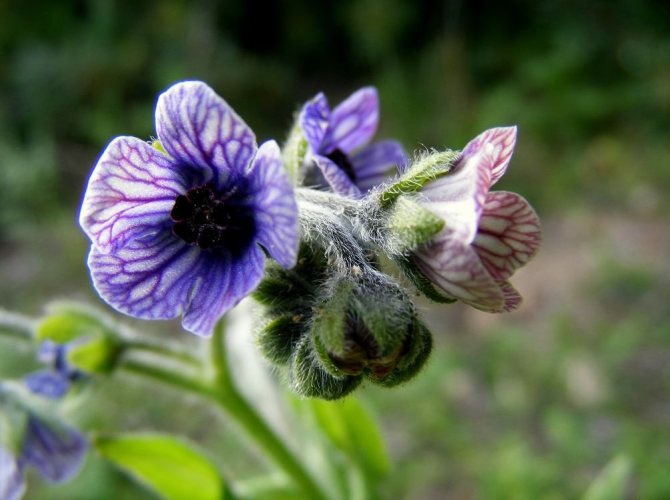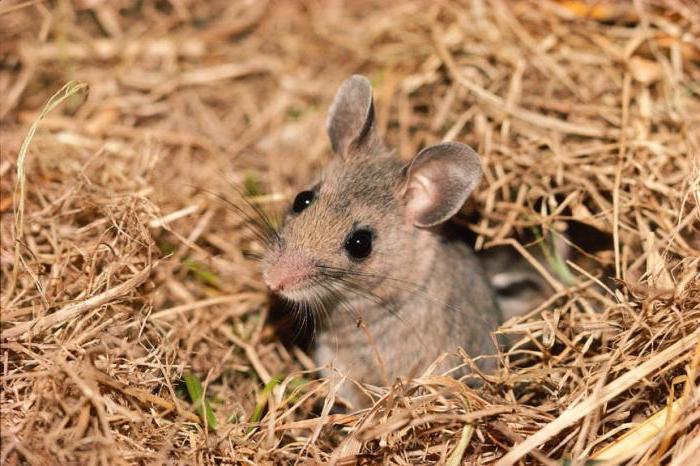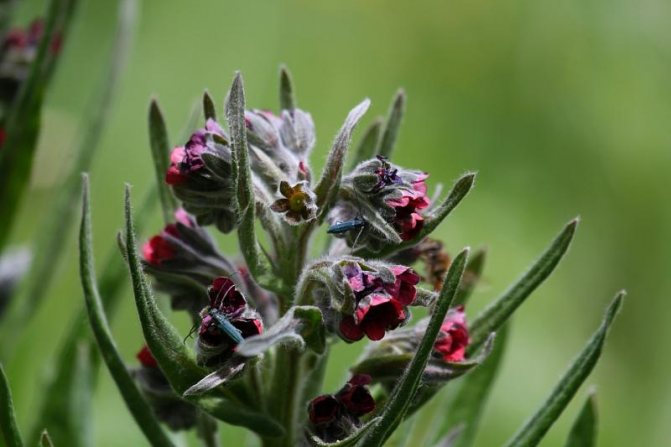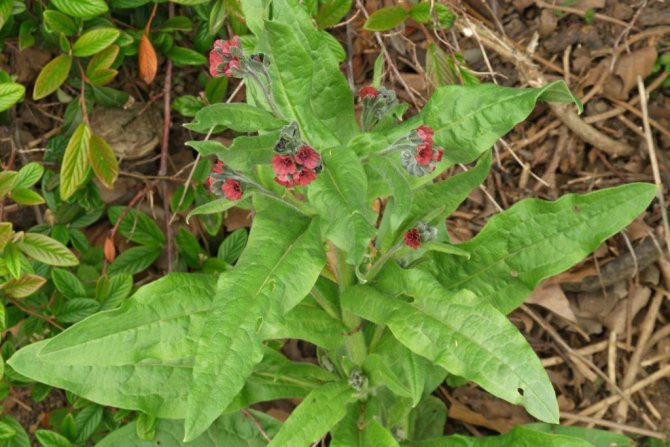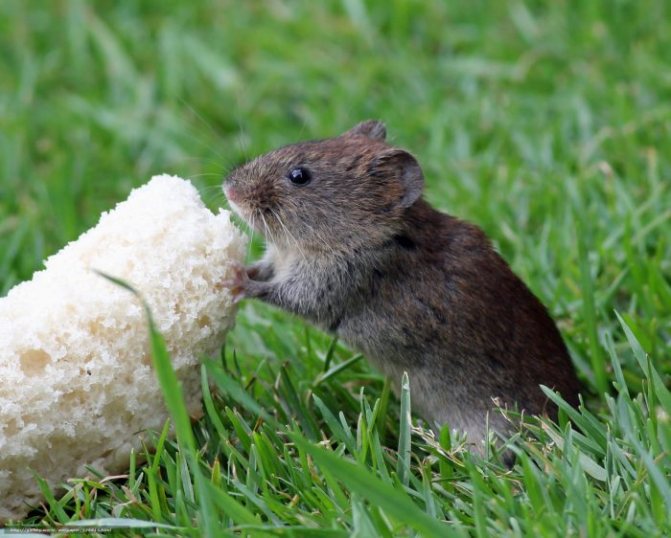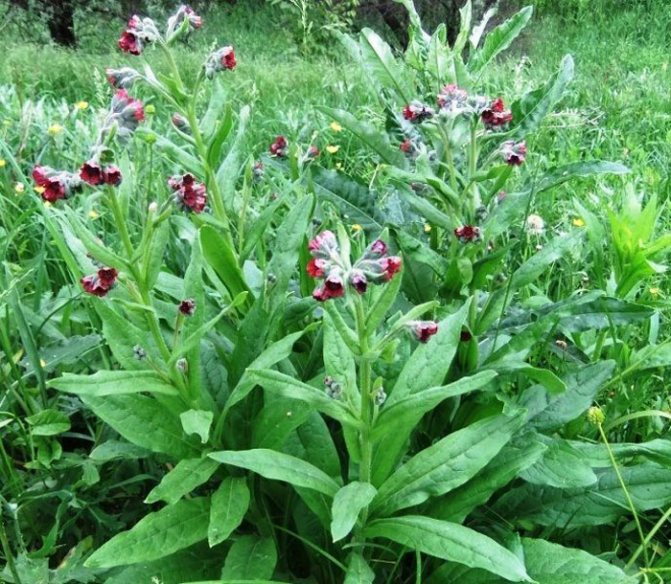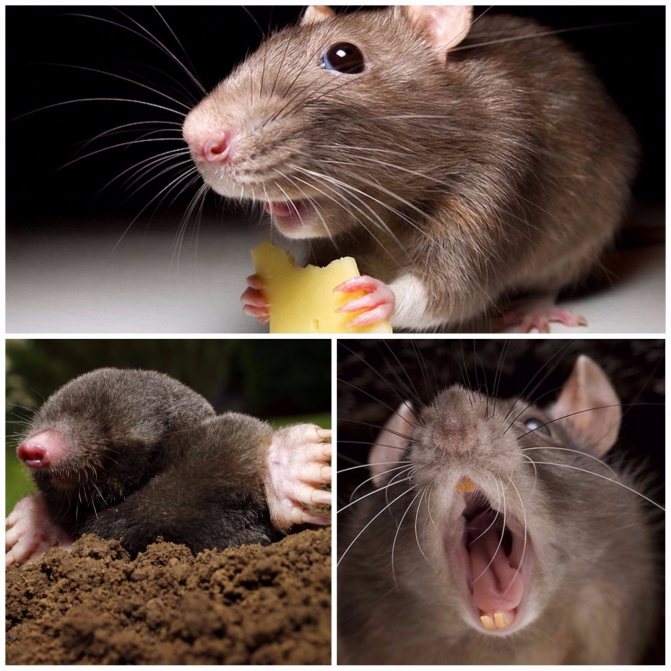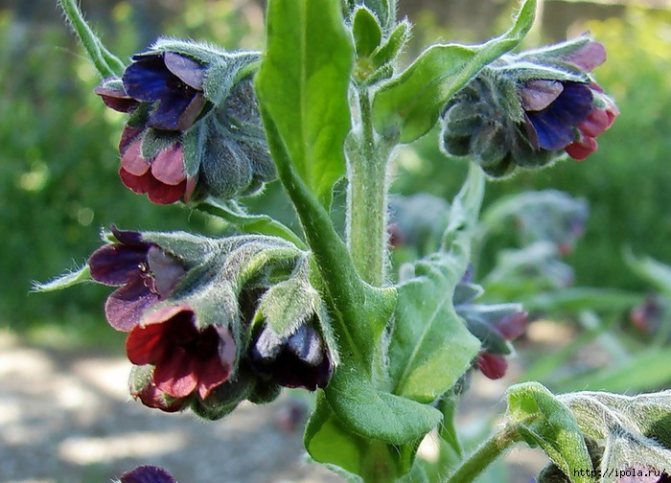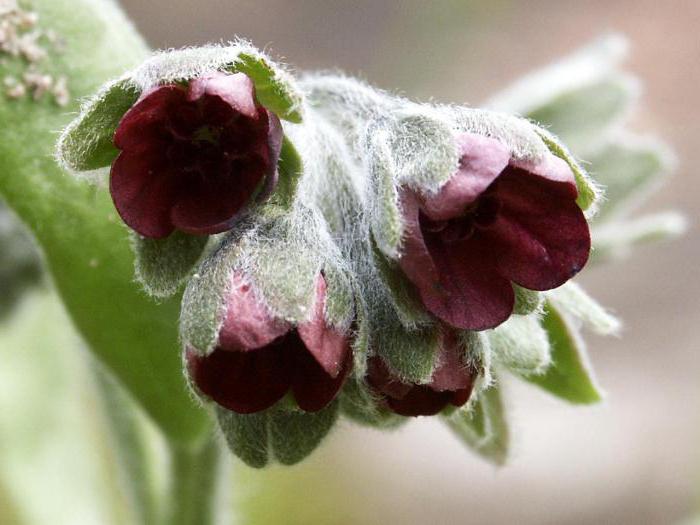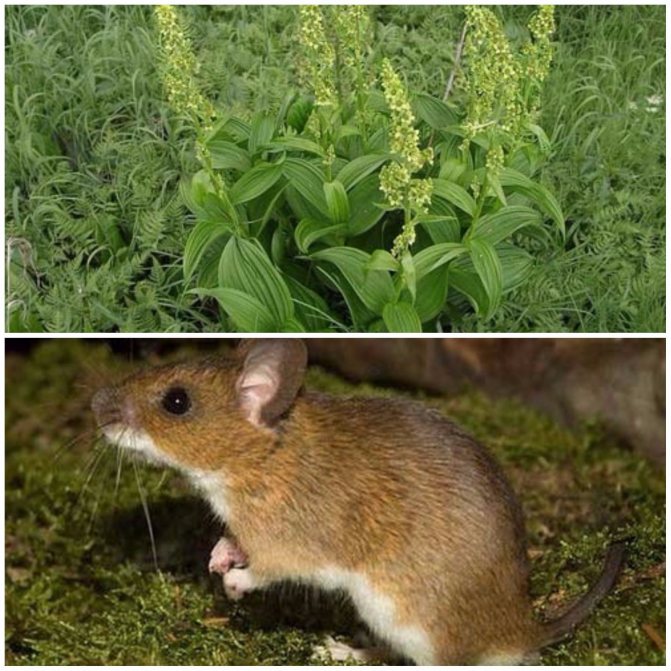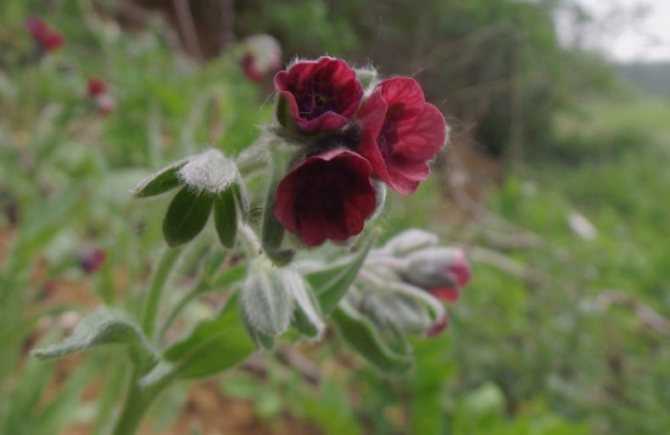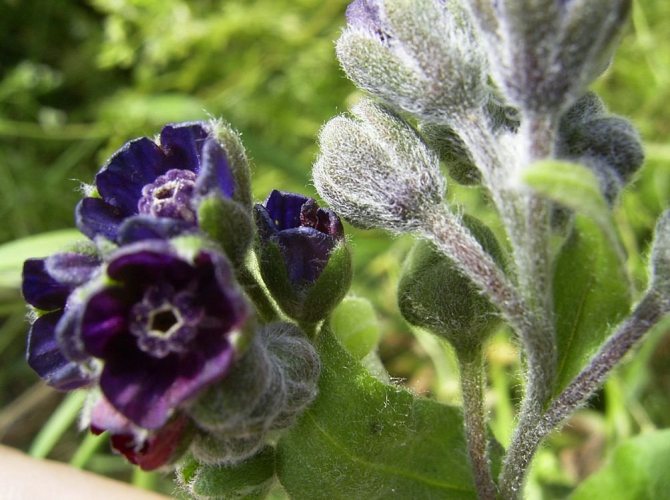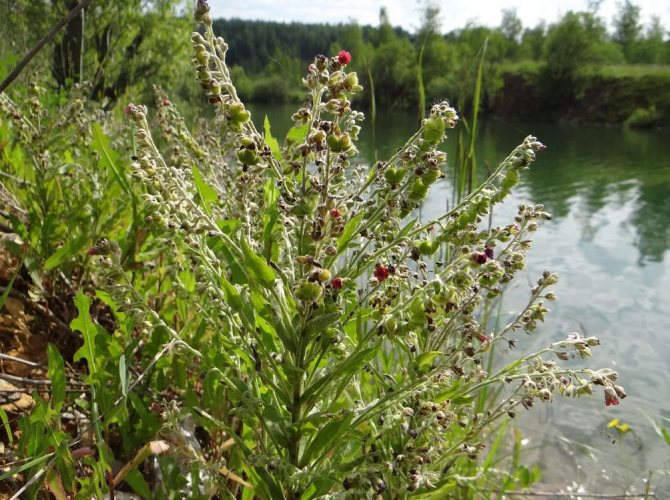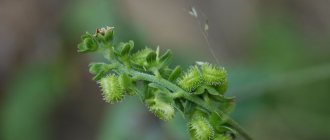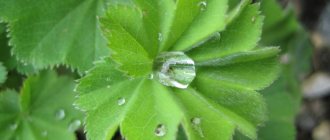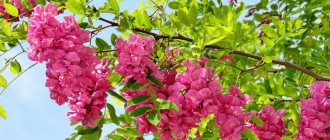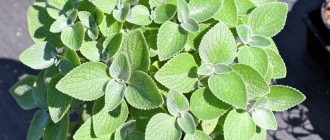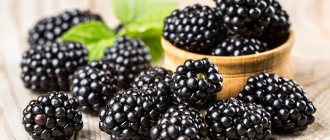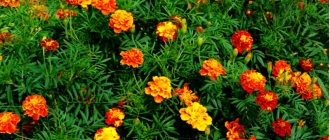The invasion of rodents is a real disaster for the owners, since they are able to make almost all food products unusable, especially those that are stored for future use. They climb into cellars and sheds, where they begin to destroy what has been grown with great difficulty throughout the season. Therefore, the owners immediately begin to think about how to get rid of these "uninvited" guests. As a rule, people immediately go to stores to purchase an effective remedy, after which baits and traps with pesticides are placed in all promising places. Often, a person loses a confrontation with rodents.
Moreover, few people know that there is an effective remedy of natural origin - this is the medicinal black root, in the folk way - "rat rat". What is the root, what it looks like and its properties are described in this article.
Blackroot medicinal: description

Blackroot medicinal belongs to the Burachnikov family. It is considered a weed plant and has several names: night blindness, rat rat race, scrofulous grass, and possibly other names.
The Rat Racer grows no more than 50 cm in height and is distinguished by elongated lower leaves. The color of the root is brown, but not black, as evidenced by the scientific name of the plant. This plant can be found everywhere, even on poorly fertile soil. Blackroot blooms quite attractively.
Botanical characteristics
Blackroot is a herbaceous plant with an erect stem 40-100 cm high. The flower is fed by a tap rhizome 25 mm thick. It is covered with dark reddish brown bark. The shoot branches in the upper part, forming many lateral shoots, which are covered with bright buds during the flowering period. Stems and leaves are densely pubescent with a short gray pile.
On the stems there are bright green leaves, which, due to the silvery-gray villi, seem to be bluish. At the base of the shoot, the leaves have short petioles. The lanceolate or oblong leaf plate grows 15-20 cm in length and 2-5 cm in width.
At the end of May, small flowers bloom on the tops of the shoots. Long bloom lasts all summer. The buds are collected in panicles. At first, the dense inflorescence is greatly shortened, but gradually it stretches out and grows overgrown with new corollas. The flowers have a bright corolla of dark red, blue, pink, purple or blue-purple hue. A dense, closed calyx with a diameter of 5-7 mm ends with soft, strongly bent oblong petals. After pollination at the end of summer, the fruits ripen - oval nuts covered with many hooked thorns.
The juice of a fresh plant has a pungent unpleasant odor that resembles mouse urine. It is very poisonous, therefore, after working in the garden, you must thoroughly wash your hands, and also restrict access to the blackroot for animals and children.


Properties of blackroot medicinal


Almost all herbalists know black root medicinal, since various decoctions are prepared from the leaves and its root to treat all kinds of ailments. Nowadays, this herb is used less often and mainly for the treatment of sores associated with the human musculoskeletal system.
At the same time, most gardeners and summer residents know that the growth of this grass on the site protects it from the invasion of rodents. In winter, the invasion of rodents contributes to the destruction of the crop of potatoes, grain and other vegetables. At the same time, they spoil wooden structures everywhere, and also move wherever they can find food debris. Sometimes it seems that it is simply impossible to get rid of the invasion of such rodents.
At the root of the weed plant of night blindness there are toxic substances coumarins, which can affect the nervous system of rats and mice, as well as other living things, provoking suffocation. Even when breathing the aroma of scrofulous grass or swallowing a toxic solution in rats and mice, the strength of the vessels decreases, which leads to numerous internal hemorrhages. As a result, the pests die.
In the terrestrial parts of this medicinal plant, toxic components such as the glucoalkaloid consolidin and cinoglossin have been found, which are distinguished by their neuroparalytic effect. As a result of rodents entering the body, they block respiratory impulses and, as a result, animals die from paralysis and suffocation.
The highest concentration of toxic substances is found in the root of the plant. Black root is harvested during the ripening period of the fruit.
The features of this plant include:
- The "rat race" plant effectively copes with the task associated with the fight against rats and mice. These species of rodents cannot stand even the smell of this grass, bypassing those areas where the grass grows.
- Beekeepers take advantage of this feature and plant this plant around the apiary to protect the hives from the invasion of mice. In addition, the plant blooms vigorously, attracting bees with its numerous violet-blue inflorescences.
- To cope with the invasion of rodents, you can use any part of the plant. Basically, the root of this plant is used, which has a special "mouse" smell. Pests are afraid of the smell of this plant and do not even go to sheds and cellars.
- Blackroot medicinal can be used to protect your area from moles, which are also afraid of this smell. As you know, moles can also cause serious damage to various horticultural crops. As a rule, they feast on the root system of garden trees.
Useful video
About the methods of controlling rodents using blackroot in the video below:
The invasion of rodents is a real disaster for the owners, since they are able to make almost all food products unusable, especially those that are stored for future use. They climb into cellars and sheds, where they begin to destroy what has been grown with great difficulty throughout the season. Therefore, the owners immediately begin to think about how to get rid of these "uninvited" guests. As a rule, people immediately go to stores to purchase an effective remedy, after which baits and traps with pesticides are placed in all promising places. Often, a person loses a confrontation with rodents.
Moreover, few people know that there is an effective remedy of natural origin - this is the medicinal black root, in the folk way - "rat rat". What is the root, what it looks like and its properties are described in this article.
How to apply against mice and rodents
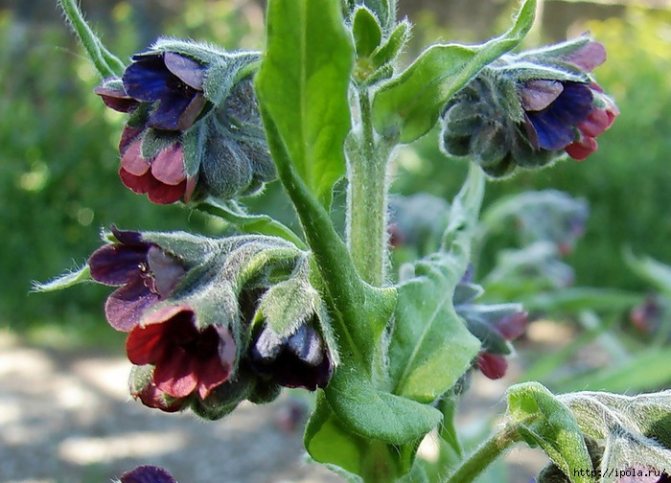

This interesting plant is used to combat both rodents and various pests such as aphids. At the same time, all parts of the plant are used, such as leaves, stems, and prickly seeds.
Surface treatment is carried out with a poisonous solution by spraying or spraying. With a large invasion of rodents, it is recommended to use infusions and decoctions.
To prepare a working solution, you need to take 1 part of the roots or other parts of the plant and pour 5 parts of boiling water over them. After that, the solution must be insisted in a sealed container for 2 hours. When the solution is infused, it is better to wrap it up with some unnecessary thing, such as a jacket or an old blanket.
In order not to wait for a long time, you can prepare a decoction of blackroot, then sweating the product in a water bath for about 20 minutes.
Experienced gardeners and summer residents share their recommendations so that everyone can forget about these harmful creatures. As a rule, all recommendations are easily followed without unnecessary financial costs, it is enough to have the raw material - medicinal black root. You cannot do the same without desire and patience, which are no less important.
How to protect crops from rodent invasions:
- For the first time, you will have to dig up the plant completely, with the root, and then place it in a place where pests appear. In subsequent years, the use of stems with seeds will be sufficient.
- With the arrival of autumn, parts of the plant are laid out in basements, in sheds, as well as in other outbuildings. Particular attention should be paid to hard-to-reach places.
- Somewhere in late November or early December, blackroot seeds are best scattered on the veranda or in the house on the floor to protect the home from mice. This approach will allow you to spend the winter calmly, without an unpleasant neighborhood in the house.
- To protect the plants in the greenhouse, it is enough to place the rat race around it. After such events, rodents and other pests are unlikely to appear in the greenhouse.
- In the apiary, it is advisable to plant this grass around the perimeter in order to protect the hive from the invasion of hungry rodents.
- Rat rat grass seeds can be scattered into mice or wormholes, which will force these pests to seek more comfortable living conditions.
- If you tie the branches of blackroot with seeds to the trunk of fruit trees to the height of the snow cover, then this will protect the bark of trees from mice and from hares.
It's important to know! When harvesting the roots of the "rat race", for use throughout the year, they are dried on a tray in the shade, in a well-ventilated place.
Growing from seeds on the site
Blackroot is a wild plant, but if desired, it can be propagated on your own site. There are two main options here: growing from seeds (you need to select only mature seed) and transplanting the entire plant from its usual habitat
It is also important to know exactly when to plant it on your
In the first case, you need to wait until the seed is fully ripe, carefully collect it, and then sow it into the prepared boxes early, or, deepening each seed 2-3 cm deep. As soon as the first true leaves appear on the seedlings, they, together with a clod of earth, can be transplanted to the chosen permanent growth site.
In dry weather, young plants will need regular, but as soon as they get stronger, they can do without special care (their growth is not much different from the development of the usual). Further reproduction on the territory (starting from the second year after planting) will take place by self-seeding.
If you decide that it will be easier to transplant, then you need to find a young wild-growing plant in advance, no more than 1 year old, dig it up along with a lump of earth and carefully trim the leaf rosette and roots. When placed in the ground in a new place, for better survival, the rhizome must be sprinkled and 20-25 g added to the depression. Once the plant is rooted, no further care is required.
Precautions
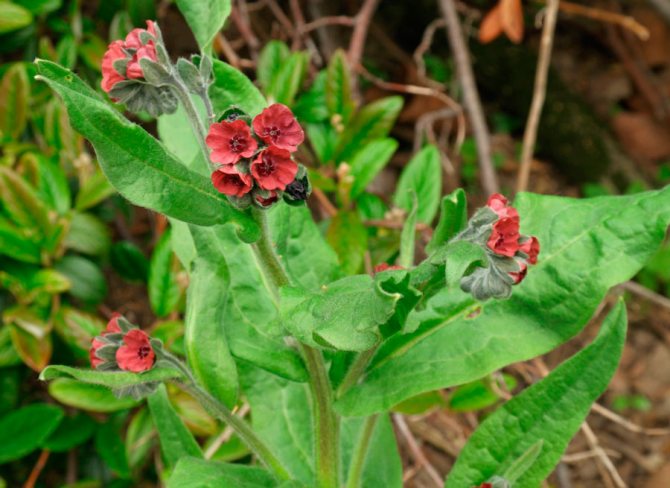

The plant is poisonous and simple precautions must be followed when using it. For example:
- Blackroot medicinal must be harvested and laid out exclusively with gloves.
- After handling the grass, it is best to wash your hands well with soap and water.
- All measures must be taken to ensure that neither children nor animals come into contact with the grass.
Application in traditional medicine
Decoctions and tinctures of medicinal blackroot are widely known among traditional healers as an analgesic, sedative, anti-inflammatory and expectorant agent that is good for treating gastrointestinal diseases, rheumatism, ulcers and even bone fractures.
In the old days, it was also often used to stop blood from pulmonary diseases (hemoptysis, convulsive coughing), for frustration, abdominal pain and for relieving cramps.
Knowledgeable people prepared medicine by boiling the roots or herb of the plant, or simply by insisting on them. Drinking fresh juice was also considered a good option: 5-10 drops three times a day.
Plant species
The blackroot genus includes 83 plant species. Some of them are especially popular.
Blackroot medicinal. Plants about 90-100 cm high have erect, highly branched stems. Along the entire height of the shoot, opposite lanceolate leaves are located, covered with felt pile. In June, at the ends of the shoots, paniculate inflorescences of lilac-red color bloom. Thin soft petals peep out of the closed funnel-shaped corolla. In the center is the peephole. The plant is used in folk medicine, as well as in the economy to combat mice, moles and rats.
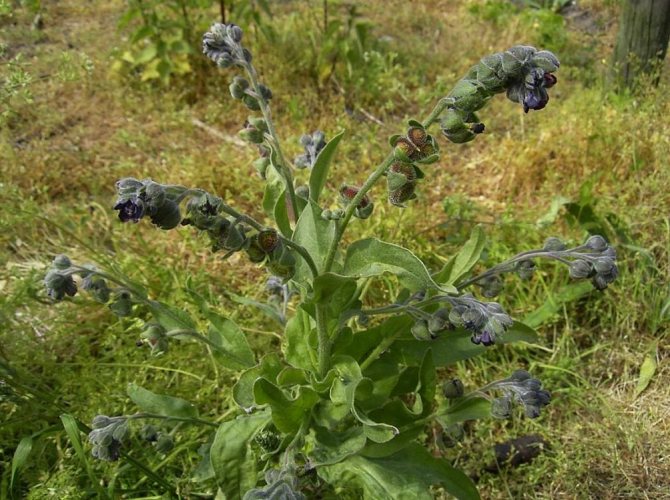

The black root is pleasant. An ornamental annual plant 40-50 cm high forms sprawling, spherical bushes. Bright green stems and foliage are lowered with a grayish pile. Flowers with a diameter of about 15 mm are painted in bright blue and are collected in paniculate, growing inflorescences.
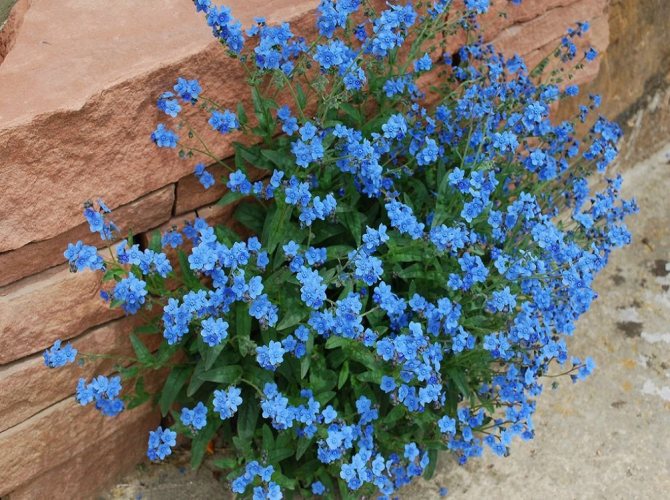

Blackroot Cretan. An annual plant with a height of 30-60 cm has a single erect shoot. At its base there are oval leaves 10-15 cm long. Sessile opposite leaves of a dark green color grow along the stem. All shoots are covered with soft fork hair. In August, small flowers bloom, collected in spiral panicles. The petals of young flowers are painted white, then they also turn blue or pink, and then light purple.


Germanic blackroot. The plant with bright green growth is covered with silvery soft hair. Lanceolate leaves are located along the entire length of the stem. At the top of the shoots, lilac-pink small flowers bloom in July.
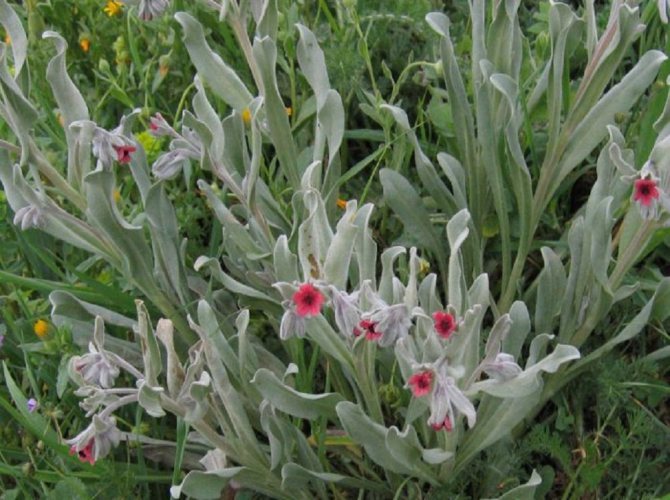

Procurement of medicinal raw materials
Suitable for medical purposes roots and grass the described weed, the harvesting of which must be thought of with the arrival of spring or already in autumn. The roots of the plant should be carefully dug out (in August or September) from the ground and removed from the soil adhering to them, then rinsed with running water and dried in a well-ventilated room, spread out on paper.
To harvest the grass, you need to transcend during the flowering period, cutting off the top 30 cm of the black root. The collected material can be dried in the open air, then placed in resealable jars and left in a dry and ventilated room (the shelf life of raw materials is no more than a year). Completely dried leaves are characterized by a grayish green color and an astringent taste.
Cinoglossum care
One of the main advantages of cynoglossum, overshadowing even the duration of flowering, is its drought resistance. This is a crop that requires minimal maintenance, but it will still need watering. Prolonged lack of moisture affects flowering, its abundance and the beauty of individual flowers. For a blackroot, it is enough to carry out several procedures over the summer, compensating for too much heat and prolonged drought.
Cinoglossum will also not need feeding. Especially if the plant is planted in nutritious, high-quality soil.But if you can water the plant with a solution of full mineral fertilizers 2 times a season, then the flowering of the black root will become even more beautiful. Top dressing is carried out with a standard dose of fertilizers at the very beginning of active growth and at the start of the flowering period.
No trimming or shaping of cynoglossum is required. With the correct selection of growing conditions and at least minimal care, this plant independently forms not only compact, but also lush, very neat bushes.
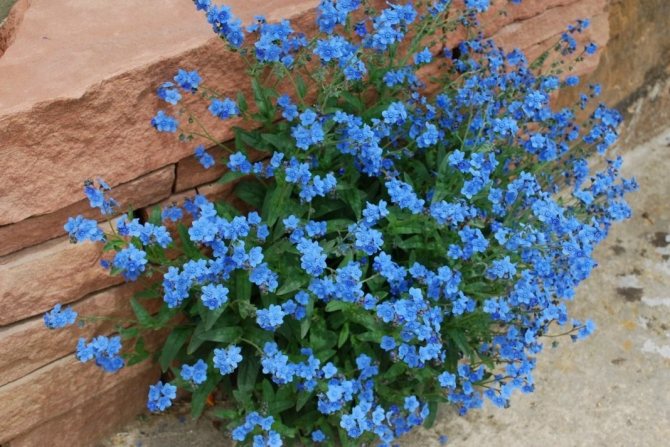

Blackroot pleasant
Cultivating this herb
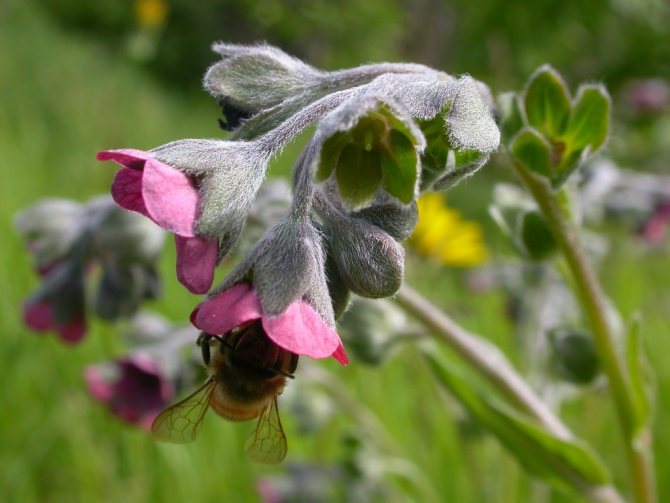

Cultivation of Dog's tongue grass for one's own needs is found everywhere near valuable crops, near country houses, however, it is worth noting that decorative plant breeding is a significant difficulty. The plant is important for the regularity of the rhythms of day and night, as well as natural light and pollination. Yes, and the external formidable appearance is not very suitable for a home environment, and the existing thorny thorns can even be dangerous to others. The poisonous parts of the plant can harm pets.

